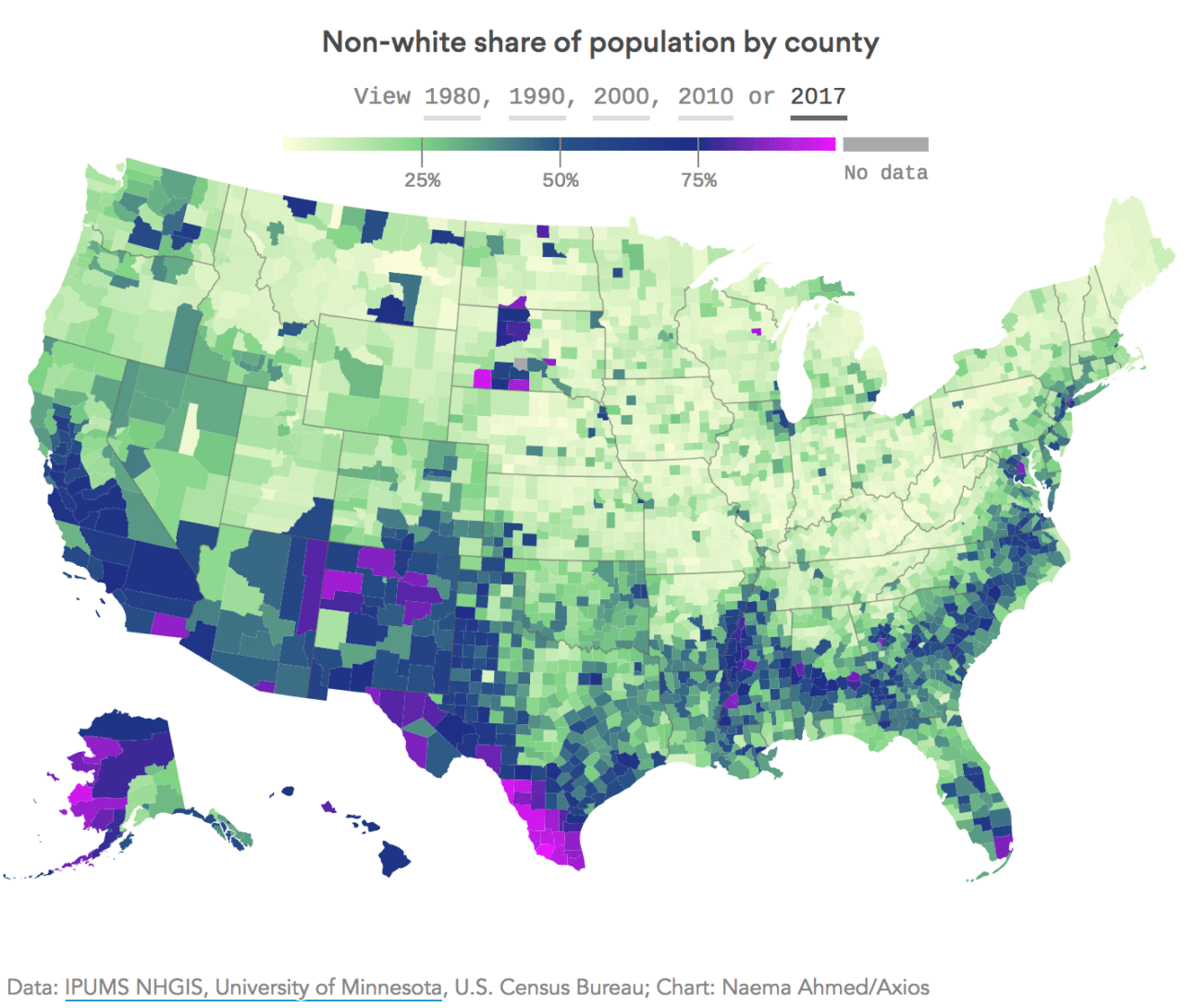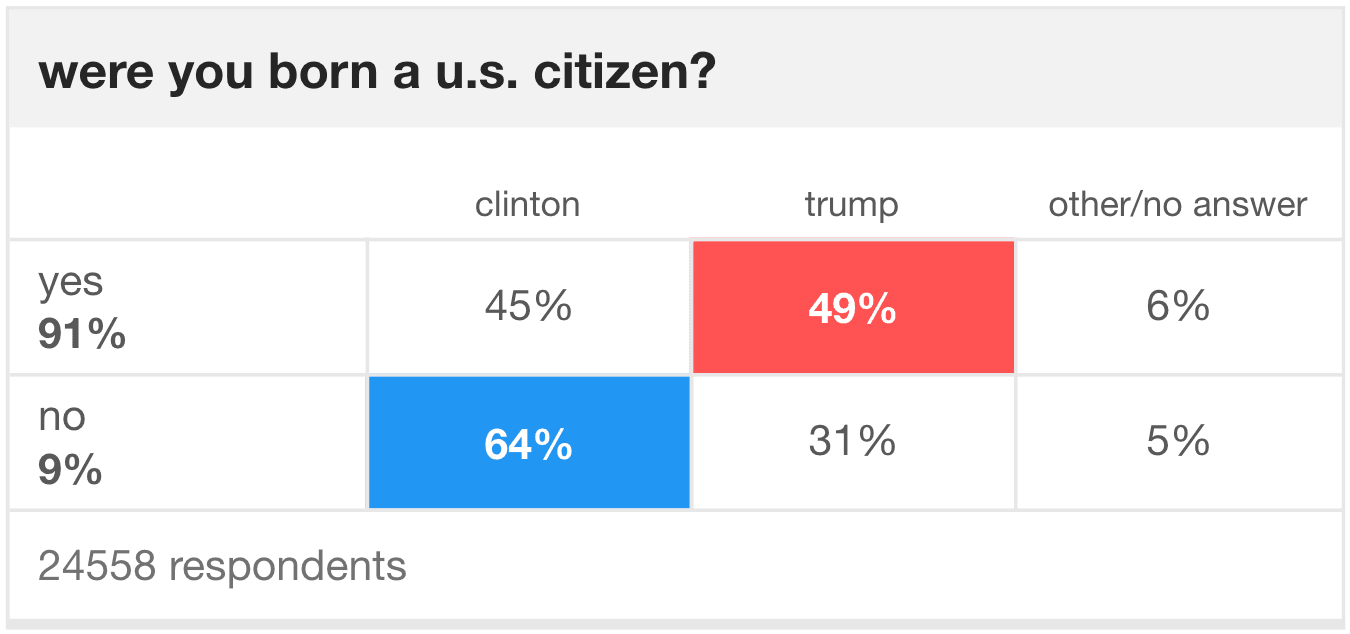The annual admittance of more than 1.2 million legal immigrants is expected to drive the United States’ foreign-born population to unprecedented levels by 2060, Census Bureau data finds.
The latest projections from the Census Bureau predict that the already 44.5 million-strong foreign-born population living in the country will rise to a historic 69 million in just four decades should the country’s mass legal immigration policy continue.
“The nation’s foreign-born population is projected to rise from 44 million people today to 69 million in 2060, growing from about 14 percent to 17 percent of the population,” Census officials reveal. “The previous historic high was in 1890 when almost 15 percent of the population was foreign-born.”
In 1970, 1-in-20 U.S. residents were foreign-born. By 2060, if legal immigration levels go unreformed, about 1-in-6 U.S. residents will be foreign-born with about 579,000 foreign residents being permanently added to the population every year. In contrast, the native-born population is expected to increase by just 1.3 million a year over the same period.
Due to legal immigration driving most of the U.S. population growth, the country is on track to add nearly 80 million new residents to the population by 2060. This would tick the total resident population up from the current level of about 326 million to an unprecedented 404 million total residents.
As Axios reported, the legal immigration-driven population growth is likewise expected to forever change the demography of the U.S., making the country majority-minority by 2060, according to Census researchers:
By 2045, the U.S. as a whole is projected to become majority minority. And the changes are already underway: non-white Americans are now the majority of the population in four states, as well as in the most prosperous and powerful U.S. cities. [Emphasis added]
…
Since 2010, non-Hispanic white people have become the minority in 32 more U.S. counties — for a total of 372 counties, according to U.S. Census Bureau data. The trends are largely due to a rise in Hispanic and Asian immigrants as well as slightly higher birth rates among non-whites. [Emphasis added]
Meanwhile, the non-Hispanic white population is expected to shrink over the next four decades. In 2020, Census researchers project there will be about 199 million non-Hispanic white Americans living in the country. By 2060, that population will have declined to 179 million.
Demographic data from Pew Research Center recently revealed that Hispanic Americans are set to replace black Americans as the largest minority voting bloc in the country for the 2020 election, Breitbart News noted. Similarly, Pew Research now estimates that about 1-in-10 U.S. voters will have been foreign-born in the 2020 election — a trend that bodes well for Democrat politicians.
Ronald Brownstein, senior editor for The Atlantic, noted this year that nearly 90 percent of House congressional districts with a foreign-born population above the national average were won by Democrats. This means that every congressional district with a foreign-born population exceeding roughly 14 percent had a 90 percent chance of being controlled by Democrats and only a ten percent chance of electing a Republican.
Less than 1-in-10 House Republicans represent a congressional district that has a foreign-born population larger than 14 percent. Entire states, driven by legal immigration, have been transformed electorally, Brownstein’s analysis found.
For instance, Republicans hold about 30 Senate seats in the 20 U.S. states with the smallest foreign-born populations. Meanwhile, Democrats control 32 Senate seats in the 20 U.S. states with the largest share of foreign-born residents. Democrats are expected to target those remaining Republican Senate seats in states with large foreign-born populations in the 2020 election.
The New York Times and Axios admit that legal immigration at its current rate of more than 1.2 million nationals admitted a year will continue shifting the American electorate more towards Democrat control, as discovered in the 2016 presidential election between then-candidates Donald Trump and Hillary Clinton.
Among native-born Americans, Trump won 49 percent to Clinton’s 45 percent, according to exit polling data. Among foreign-born residents, Clinton dominated against Trump, garnering 64 percent of the immigrant population’s vote compared to Trump’s mere 31 percent.
The U.S. is on track to import about 15 million new foreign-born voters in the next two decades should current legal immigration levels continue. Those 15 million new foreign-born voters include about eight million who will arrive in the country through chain migration, where newly naturalized citizens can bring an unlimited number of foreign relatives to the country.
University of Maryland, College Park, researcher James Gimpel has found in recent years that more immigrants to the U.S. inevitably means more Democrat voters, and thus, increasing electoral victories for the Democrat Party.
Sens. Tom Cotton (R-AR), David Perdue (R-GA), and Josh Hawley (R-MO) have reintroduced the Reforming American Immigration for Strong Employment (RAISE) Act to not only end chain migration — which has been used to import entire foreign villages to the U.S. — but also reduce legal immigration levels to 500,000 annual admissions to raise the wages of the working and middle class and relieve American workers from decades of unchecked foreign competition in the labor market. Trump previously endorsed the wage-boosting, immigration-cutting plan.
John Binder is a reporter for Breitbart News. Follow him on Twitter at @JxhnBinder.



COMMENTS
Please let us know if you're having issues with commenting.